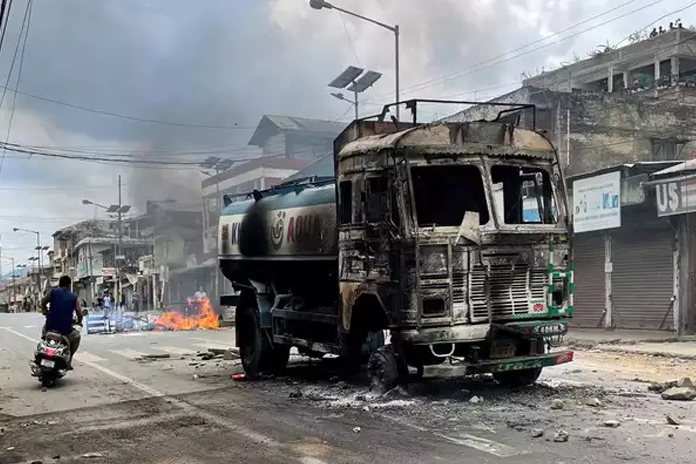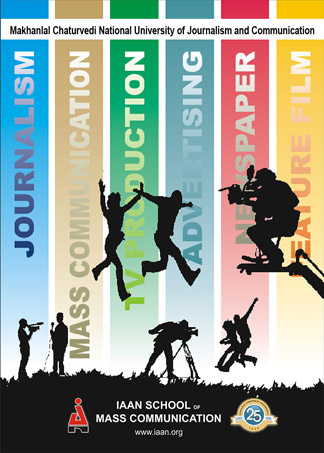Manipur, already engulfed in ethnic conflict and political unrest, has witnessed a new wave of violence involving the use of missiles and drones. This escalation has raised serious concerns among both local residents and authorities, marking a dangerous shift in the nature of the conflict in the state. As tensions simmer between the Kuki and Meitei communities, the recent deployment of advanced weaponry has sparked fear of further destabilization in the region.
Drone strikes in conflict zones
Reports from Manipur have indicated that several areas in the state have been subjected to drone surveillance and strikes over the past weeks. These drone activities are believed to be carried out by militant groups operating in the area, using drones to gather intelligence on their opponents or even to launch attacks. The use of drones in Manipur is not entirely new, but the frequency and intensity of these operations have increased significantly, particularly in regions where clashes between rival communities are most intense.
While the Indian Army has been using drones to monitor areas prone to violence, militant groups are reportedly acquiring similar technology to carry out their operations. This worrying development has heightened the challenges faced by security forces in combating insurgent groups and restoring peace to the region. The use of drones also poses a significant threat to civilian populations, as attacks could potentially target settlements or public infrastructure.
Missile attacks heighten anxiety
In addition to drone strikes, missile attacks have been reported in certain conflict-ridden zones of Manipur, adding a new dimension to the ongoing turmoil. Sources suggest that insurgent groups might be acquiring sophisticated weaponry through cross-border networks. The unconfirmed missile attacks have created widespread panic among local residents, many of whom are already grappling with displacement, loss of property, and fear of impending violence.
These missile strikes, though not widespread yet, have sent a clear signal that the conflict is entering a more dangerous phase. The growing reliance on advanced military technology by insurgent groups threatens to escalate the violence beyond the control of local law enforcement and security agencies.
Government response and security measures
In response to the escalating violence, the Manipur government, along with the central administration, has ramped up security measures in the state. The Indian Army, paramilitary forces, and local law enforcement have intensified surveillance and patrolling efforts, especially in areas prone to missile and drone attacks. Security personnel have been deployed to fortify critical installations and borders, and the central government has promised additional support to counter the insurgent threat.
“We are taking every possible step to neutralize the threat posed by these missile and drone attacks. Advanced counter-drone technologies are being deployed to safeguard the civilian population and monitor insurgent activities,” a senior security official said. However, despite these efforts, the widespread availability of advanced weaponry remains a serious concern.
The Ministry of Home Affairs has called for a multi-agency investigation into the source of these missiles and drones, with intelligence agencies suspecting that the weaponry may have been smuggled into India from across international borders. There are also concerns that some factions of the insurgency are receiving external support, further complicating the resolution of the crisis.
Ethnic conflict and the role of external influences
The conflict in Manipur has its roots in long-standing ethnic tensions between the Kuki and Meitei communities. What began as a struggle for identity and territorial control has spiraled into a full-blown conflict, drawing in various insurgent groups and external actors. The introduction of missiles and drones into the conflict has exacerbated fears that the fighting could intensify further, with the possibility of civilian casualties increasing.
While local groups have traditionally relied on small arms and guerrilla tactics, the growing use of advanced weaponry suggests that insurgents are receiving significant external backing. Analysts suggest that insurgent factions may be aligning themselves with external forces in neighboring countries, who are keen to influence the power dynamics in Northeast India. This external involvement is further complicating efforts by the Indian government to restore peace and stability in Manipur.
Civilian concerns and the path ahead
For the people of Manipur, the latest developments have only added to their sense of insecurity. Civilians, who have borne the brunt of the violence for months, are now living in constant fear of aerial attacks. Displacement and loss of livelihood have become commonplace, and many families are struggling to rebuild their lives amid the ongoing crisis.
“We are terrified. Every day, we hear news of missile attacks or drones hovering above. We don’t know where the next attack will come from,” said a resident of a village in the conflict zone.
Humanitarian organizations have called for immediate action to address the growing violence and provide relief to the affected population. “The situation is deteriorating rapidly. The use of drones and missiles has the potential to lead to mass casualties. It’s critical that all parties involved exercise restraint and work towards a peaceful resolution,” said a representative of a humanitarian agency working in the state.
The missile and drone attacks in Manipur represent a dangerous escalation in an already volatile situation. As the conflict continues to intensify, the central and state governments face the dual challenge of countering insurgent activities while addressing the underlying ethnic tensions that have fuelled the violence. The use of advanced weaponry by insurgent groups has complicated the security situation, making it imperative for the government to act swiftly and decisively.
While efforts are being made to bolster security and restore peace, the road ahead remains fraught with challenges. The people of Manipur continue to hope for a resolution to the conflict, but with the introduction of missiles and drones, the stakes have never been higher. Peace in Manipur will require a concerted effort by all stakeholders, both domestic and international, to bring an end to the violence and pave the way for long-term stability in the region.










